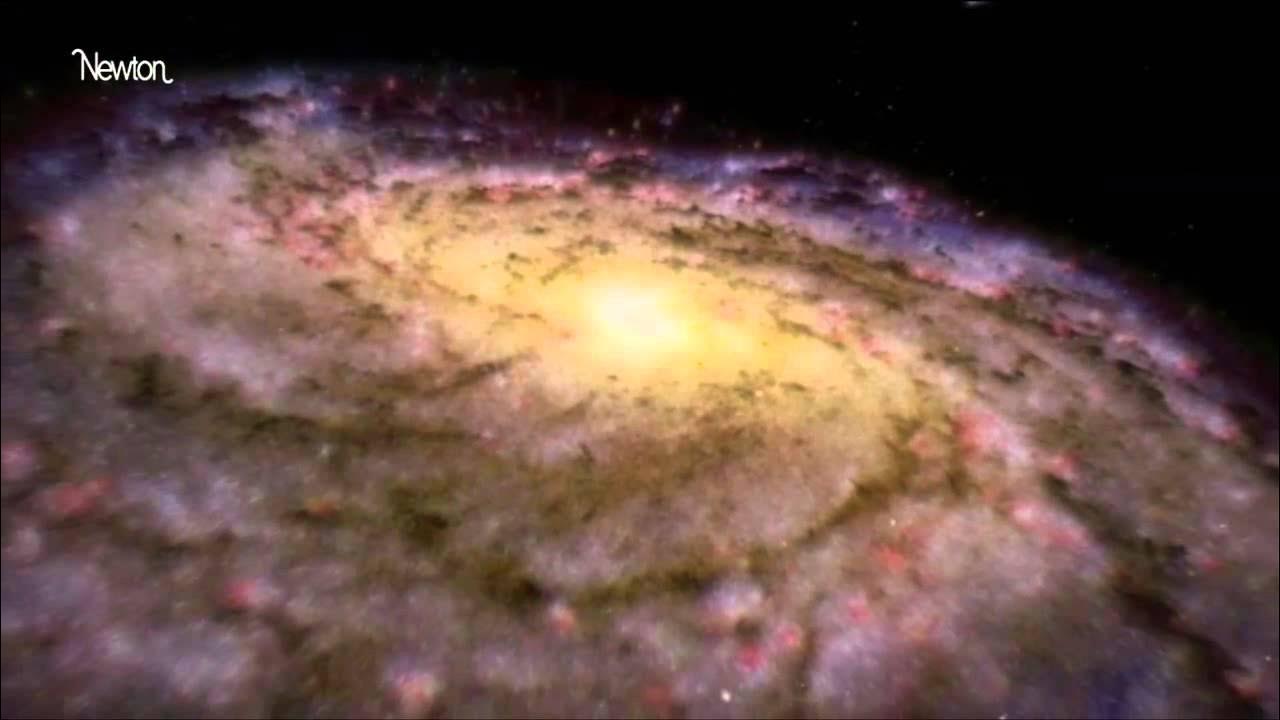Light seconds, light years, light centuries: How to measure extreme distances - Yuan-Sen Ting
Summary
TLDRThis video script explores the vastness of space and how we measure astronomical distances. It begins by explaining the concept of light years and how light helps us measure enormous distances, like those between stars and galaxies. The script then discusses methods like trigonometric parallax for nearby stars and standard candles (such as Cepheid variables and type 1a supernovae) for greater distances. It highlights how these techniques allow astrophysicists to probe the universe's history, with the light we observe acting as a time machine, revealing snapshots of the cosmos from millions to billions of years ago.
Takeaways
- 😀 Light travels incredibly fast, allowing us to measure vast distances in space, with one light year equal to about 6 trillion miles.
- 🌕 The Moon is only one light-second away from Earth, while the nearest star, Proxima Centauri, is 4.24 light years away.
- 🌌 The Milky Way galaxy spans about 100,000 light years across, and the Andromeda galaxy is 2.5 million light years away.
- 🔭 Determining distances to stars is challenging since we only see the sky in 2D, but methods like trigonometric parallax help calculate distances to nearby stars.
- 👁️🗨️ Trigonometric parallax involves observing a star's apparent shift against distant background stars as Earth orbits the Sun.
- 📏 This method is effective for stars within a few thousand light years, but beyond that, parallax becomes too small to detect.
- ✨ For farther distances, astrophysicists use 'standard candles'—objects with known intrinsic brightness, such as Cepheid variable stars.
- 💡 Cepheid variable stars expand and contract, causing their brightness to vary, which helps calculate their luminosity and distance.
- 🌟 Type 1a supernovae, bright stellar explosions, also act as standard candles, allowing astronomers to measure distances up to billions of light years away.
- 🕰️ The light we see from distant objects is like a time machine, showing us how they looked millions of years ago, providing insight into the universe's history.
Q & A
Why is light important for measuring astronomical distances?
-Light is the fastest thing we know, and we use it to measure vast distances in space. For example, in one year, light travels about 6 trillion miles, which defines a light-year. By measuring how long light takes to travel certain distances, we can understand the size and scale of the universe.
How far is the Moon from Earth in terms of light-time?
-The Moon is only one light-second away from Earth. This means that light takes just one second to travel from the Earth to the Moon.
How far is the nearest star, Proxima Centauri, from Earth?
-Proxima Centauri, the nearest star beyond our own Sun, is located 4.24 light-years away from Earth.
What is the size of the Milky Way in light-years?
-The Milky Way galaxy is about 100,000 light-years across.
How do astrophysicists measure the distances of stars and galaxies?
-Astrophysicists use different methods to measure distances, including trigonometric parallax for nearby stars, and standard candles like cepheid variables and type 1a supernovae for objects farther away.
What is trigonometric parallax and how is it used in astronomy?
-Trigonometric parallax is a method that relies on measuring the apparent shift in position of a nearby star when observed from two different points in Earth's orbit. This shift, called parallax, allows astronomers to estimate the distance to the star.
Why is parallax not effective for measuring distant stars?
-For stars that are very far away, the parallax shift is too small to detect, even with sensitive instruments. This limits the effectiveness of parallax beyond a few thousand light-years.
What are standard candles, and how do they help measure cosmic distances?
-Standard candles are astronomical objects with known intrinsic brightness, such as cepheid variables and type 1a supernovae. By comparing the observed brightness to the known luminosity, astronomers can calculate how far away these objects are.
How do cepheid variable stars help measure distances?
-Cepheid variable stars are stars that expand and contract, causing their brightness to fluctuate. By measuring the period of their cycle, astronomers can calculate their luminosity. Comparing this to the observed brightness helps determine the distance to these stars.
How do type 1a supernovae help measure cosmic distances?
-Type 1a supernovae are stellar explosions that are extremely bright. Because their brightness follows a predictable pattern, astronomers can use them as standard candles to measure distances to galaxies, even those billions of light-years away.
Why is observing distant objects important for understanding the universe?
-Looking at distant objects allows astronomers to study the history of the universe. The light from distant stars and galaxies has traveled millions or billions of years to reach us, essentially acting as a time machine that lets us explore the past of the cosmos.
What is the significance of light traveling from the Sun to Earth?
-The light from the Sun takes eight minutes to reach Earth. This means that when we observe the Sun, we're actually seeing it as it appeared eight minutes ago, and similarly, when we look at distant stars, we are observing their light as it was millions or billions of years ago.
Outlines

This section is available to paid users only. Please upgrade to access this part.
Upgrade NowMindmap

This section is available to paid users only. Please upgrade to access this part.
Upgrade NowKeywords

This section is available to paid users only. Please upgrade to access this part.
Upgrade NowHighlights

This section is available to paid users only. Please upgrade to access this part.
Upgrade NowTranscripts

This section is available to paid users only. Please upgrade to access this part.
Upgrade NowBrowse More Related Video
5.0 / 5 (0 votes)





